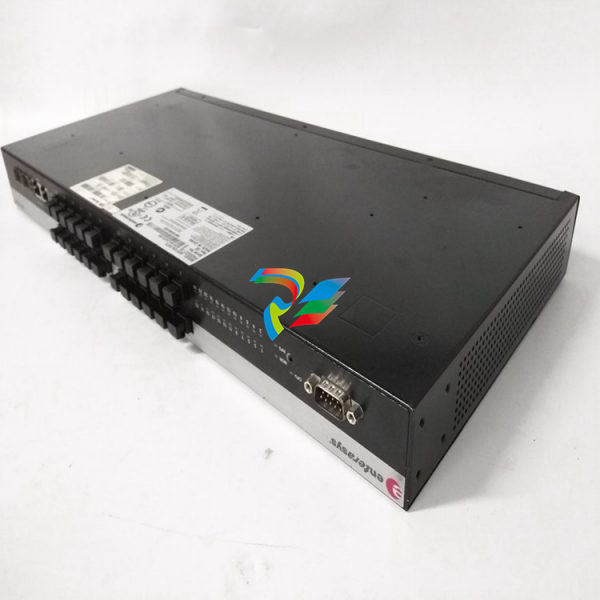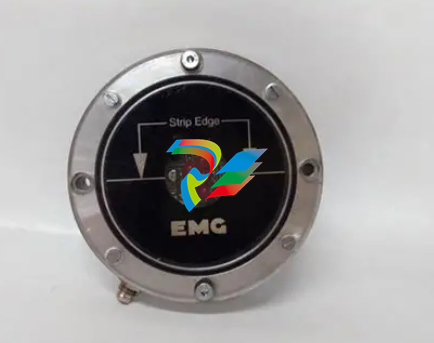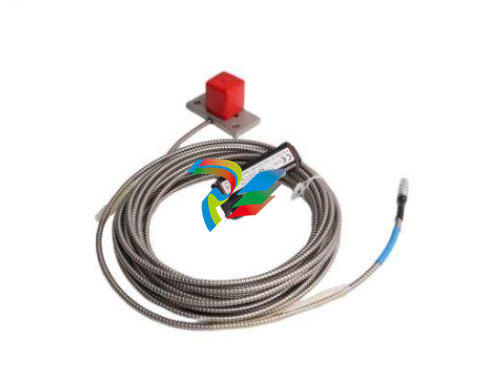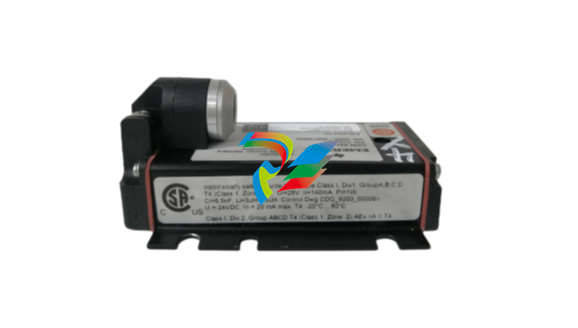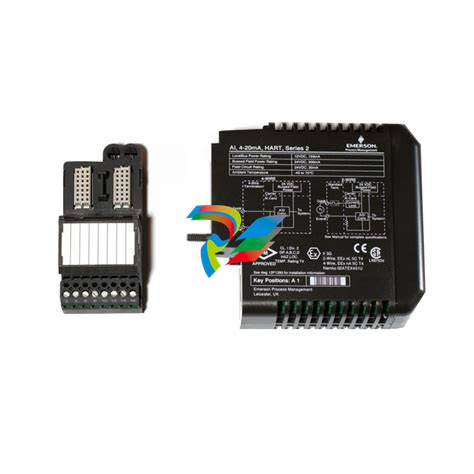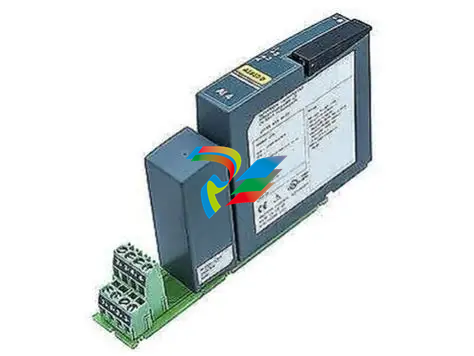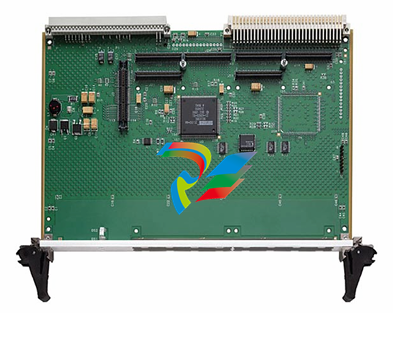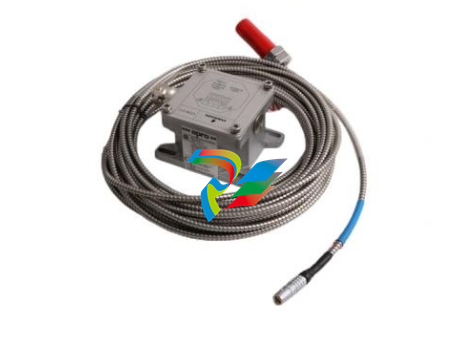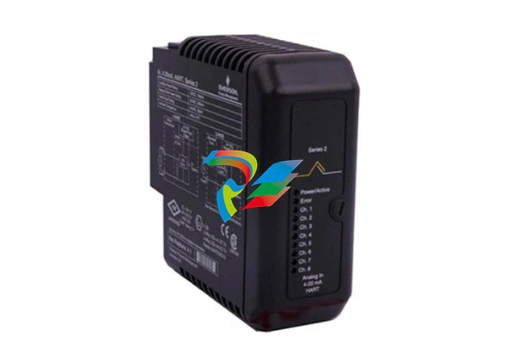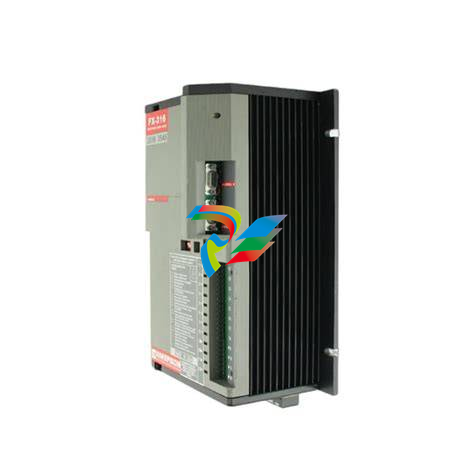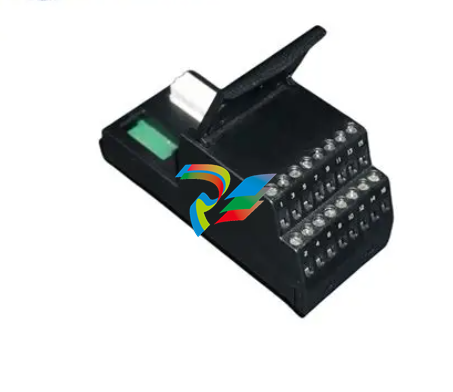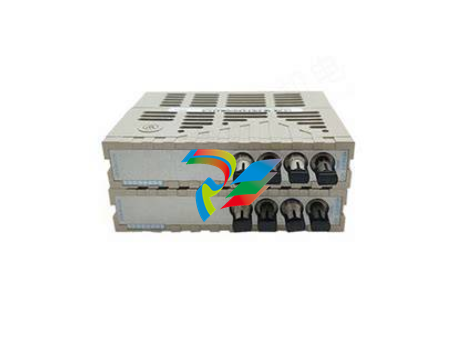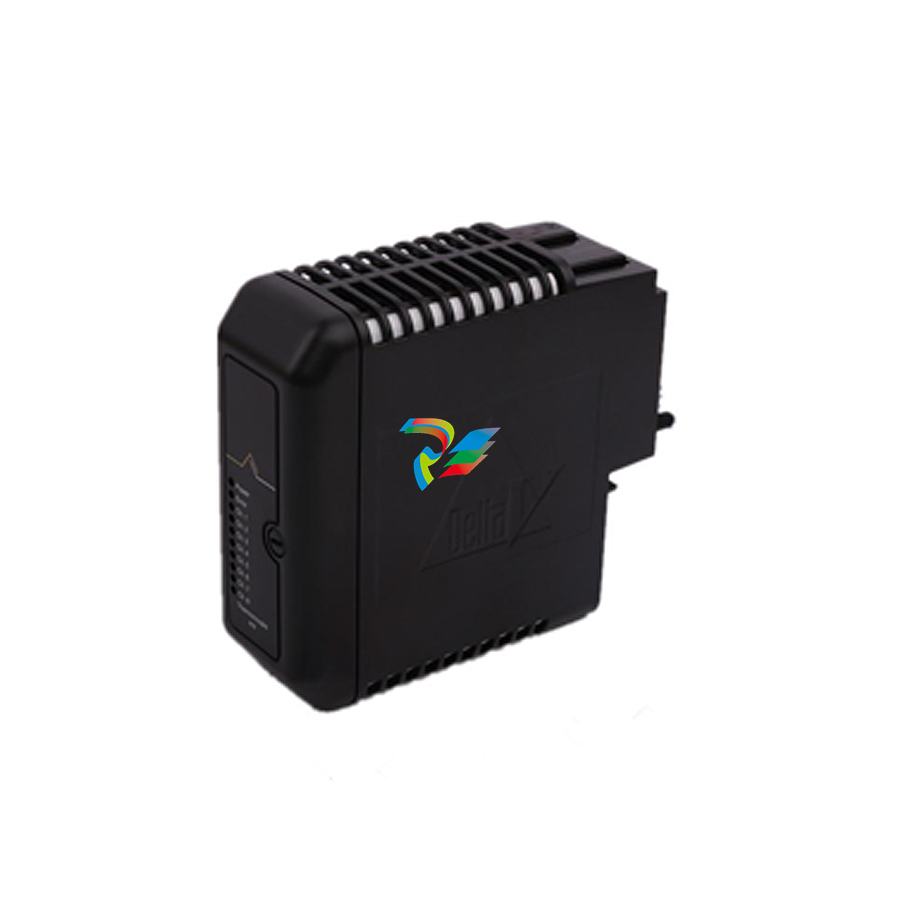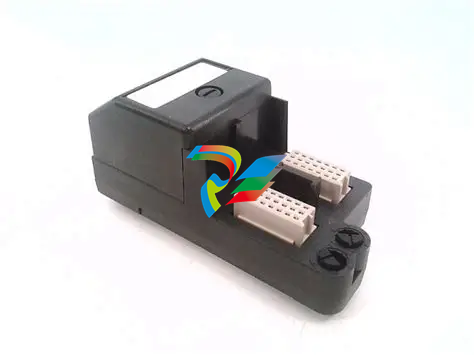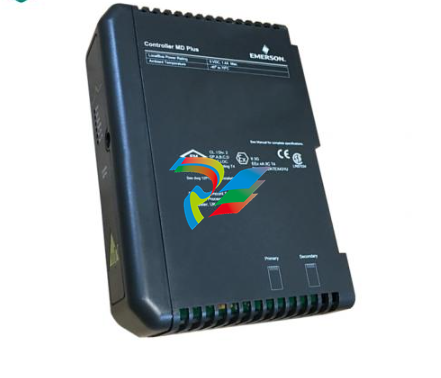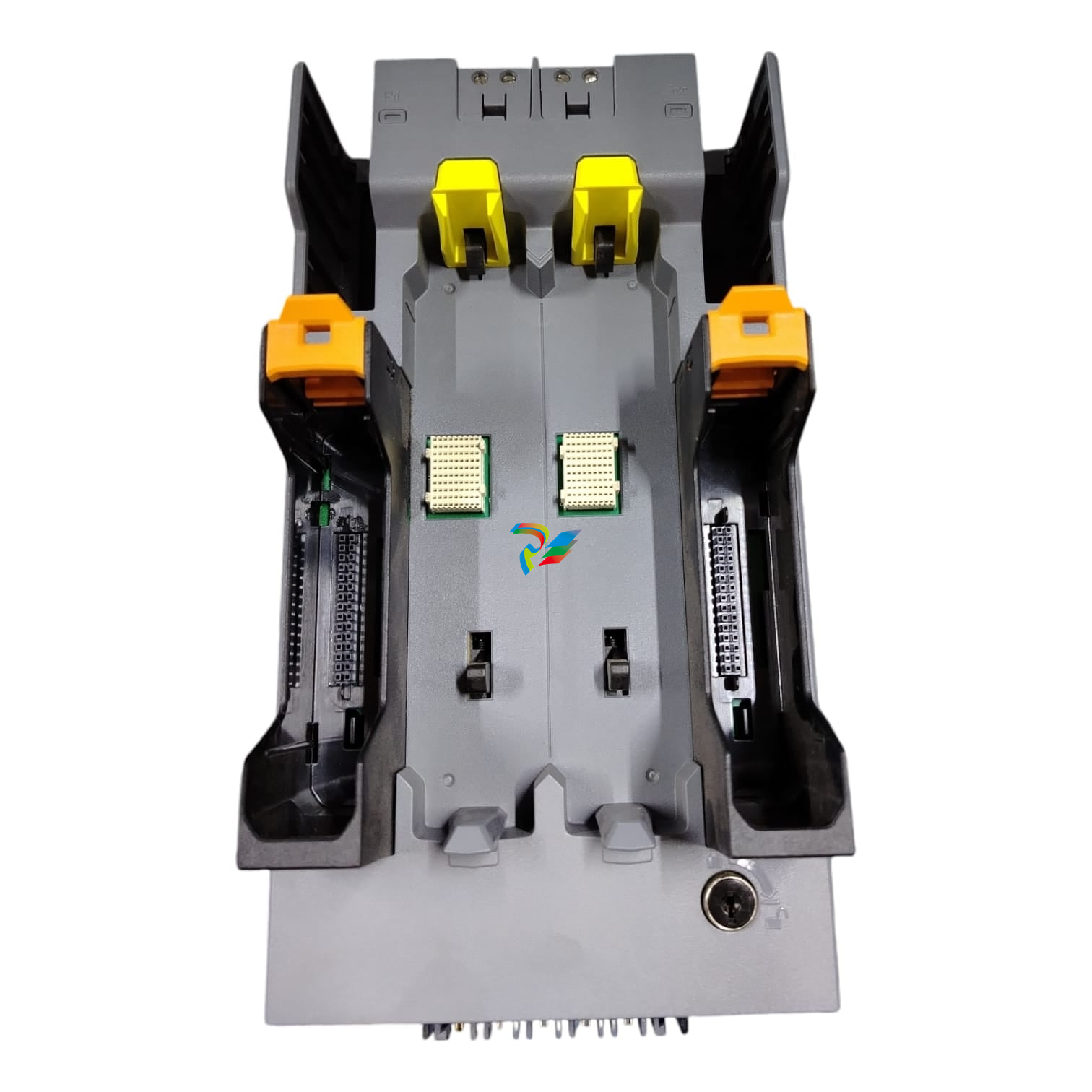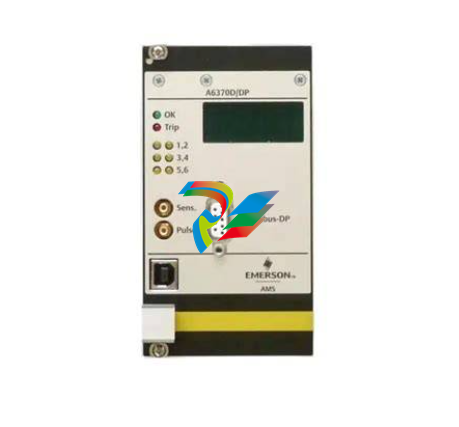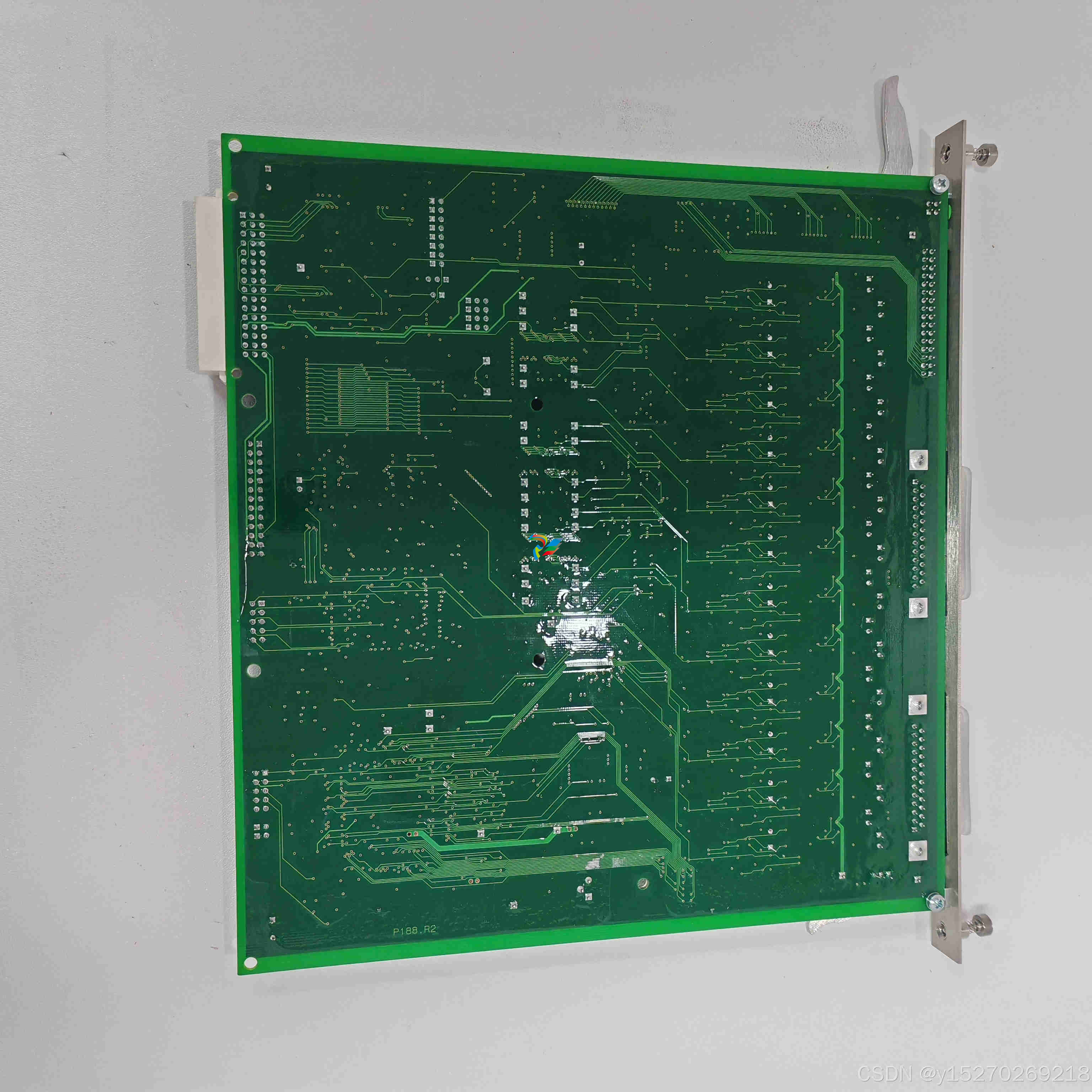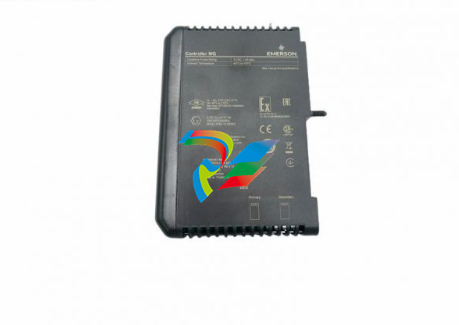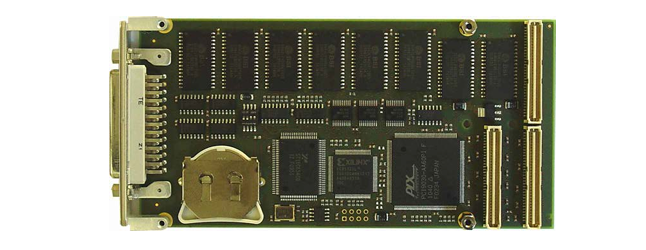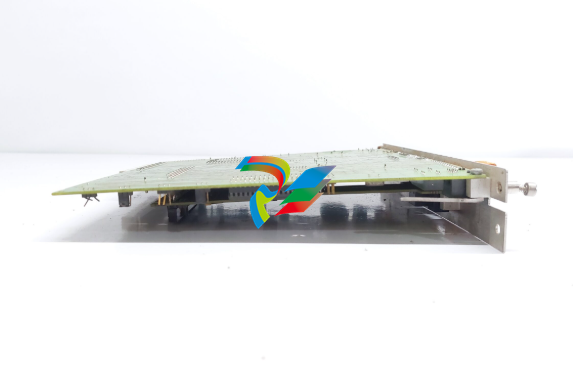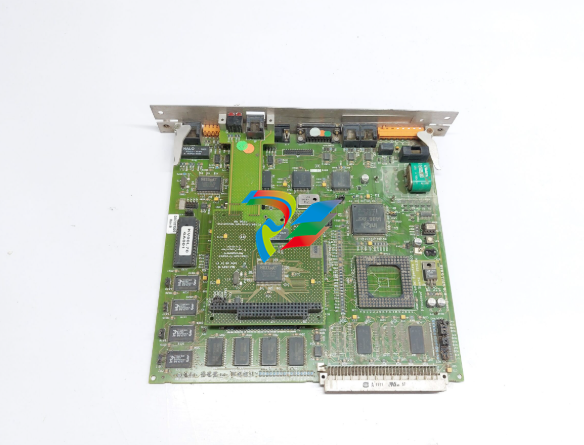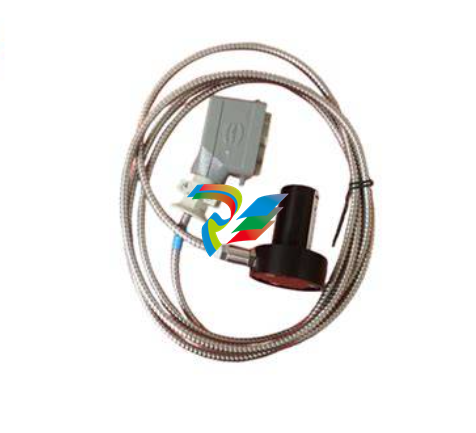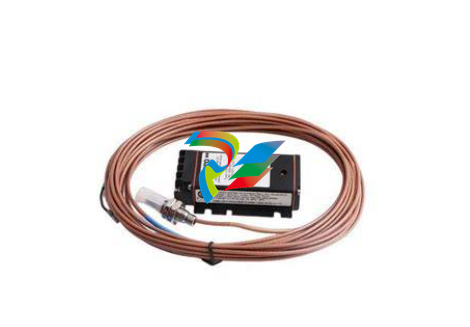
EMERSONovation2 fuel dispenser
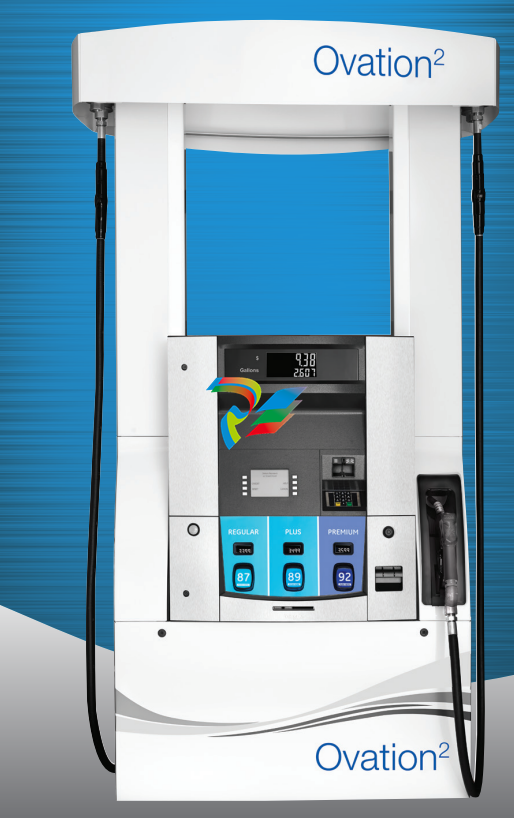
EMERSON Ovation 2 fuel dispenser is a fuel distribution controller, mainly used in fuel distribution systems. It can precisely control the fuel distribution process to ensure the efficiency and accuracy of fuel distribution. The following are some basic usage instructions for the EMERSON Ovation 2 fuel dispenser: System Overview The Ovation 2 fuel dispenser is a fuel distribution controller launched by Emerson and is widely used in various fuel distribution scenarios. This system features high integration and reliability, and can meet the demands of various application scenarios. Hardware Requirements Before installing Ovation 2 fuel dispenser, it is necessary to ensure that the hardware environment meets the following requirements: Server: Multi-core processor, with at least 4 cores recommended; Memory: At least 16GB RAM; Store at least 1TB SSD; Gigabit Ethernet card for network Operating system: Windows Server 2016 or higher version. Client: Multi-core processor, with at least 2 cores recommended; Memory: At least 8GB RAM; Store at least 256GB SSD; Gigabit Ethernet card for network Operating system: Windows 10 or higher version. The software requires operating systems: The Server side should be Windows Server 2016 or a higher version, and the client side should be Windows 10 or a higher version. Database: Microsoft SQL Server 2017 or later. Network: Supports TCP/IP protocol to ensure stable network connection between the server and the client. Installation and Configuration Download the installation package: Visit the official Emerson website or the website of an authorized agent to download the installation package of Ovation 2 fuel dispenser. To install the server side: Run the installation program, select the "Server Side" installation type, configure the database connection, and complete the installation. Install the client: Run the installation program, select the "Client" installation type, configure the server connection, and complete the installation. System configuration: Configure system parameters: Open the Ovation configuration tool, enter the administrator username and password, log in to the configuration tool, and configure basic system parameters such as system name, time zone, and language. Configure control policies: Open the Control Policy editor, create a new control policy, and define the parameters and logic of the control policy. Configure the alarm system: Open the alarm configuration tool, create a new alarm configuration, and define the alarm level and conditions. Configure data collection: Open the data collection configuration tool, create a new data collection configuration, and define the data source and collection cycle. Configure security Settings: Open the Security configuration tool, create a new user or role, and define user permissions and access control. Configure data backup: Open the backup configuration tool, create a new backup configuration, and define the backup policy and storage path. Configure remote access: Open the Remote access configuration tool, create a new remote access configuration, and define the remote access user and port. System test data collection: Start the data collection service to verify whether the data collection is normal. Test control policy: Start the control policy service to verify whether the control policy is executed as expected. Test the alarm system: Start the alarm system service to verify whether the alarm is triggered as expected.
Daily inspection: Regularly check the operating status of the controller to ensure there are no abnormal alarms. Check the network connection to ensure normal data transmission; Check the power supply status to ensure stable power supply. Check the system logs, record and analyze abnormal information. Software update: Before the update, it is necessary to back up the system data, obtain and verify the update package from the official channel, follow the steps to update and then restart the system to verify whether the update was successful. Hardware inspection: Check the hardware status of the controller, network equipment, power supply equipment and input/output modules to ensure their normal operation. In terms of troubleshooting, identify faults: Be familiar with common system fault phenomena, such as controller failure, network communication interruption, etc., and quickly identify the type of fault through alarm information, indicator lights, etc. Troubleshooting: According to the troubleshooting process, gradually check the power supply, network connection, hardware devices, etc., to locate the cause of the fault. Handling faults: Take corresponding measures based on the cause of the fault, such as replacing faulty hardware and repairing network connections, to ensure the system returns to normal operation. In terms of safety operation, operation norms: Strictly follow the operation procedures for system maintenance and troubleshooting to avoid system failures or safety accidents caused by misoperation. Safety precautions: When conducting maintenance or troubleshooting, pay attention to safety precautions, such as wearing anti-static wristbands and ensuring that the equipment is powered off.

